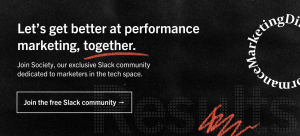5 Stages of the Consumer Decision-Making Process and How It’s Changed
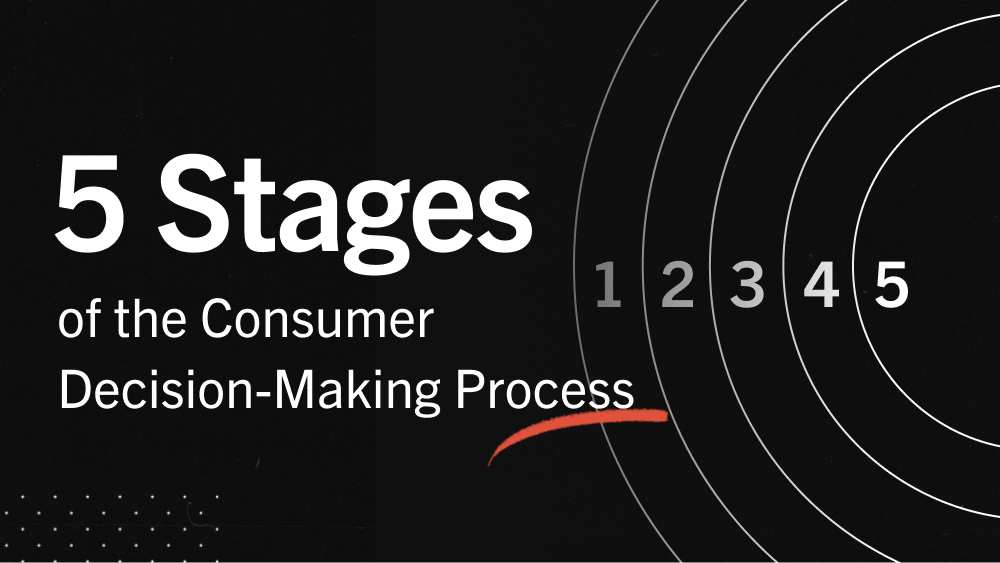
The 5 stages of the consumer decision-making process have changed immensely. While the way consumers go about it is completely different, the 5 stages are surprisingly exactly the same. Let’s dive into what this new world looks like.

Now, as a brief overview, the 5 stages of the consumer buying or decision-making process were established by John Dewey in 1910. That whole process is still very much the same:
- Stage 1: You have a problem or a need.
- Stage 2: They want to do an information search. It used to be ask a friend, ask a colleague, look at the newspaper—but that’s a little different now.
- Stage 3: Evaluation of alternatives. “I have this one option I like, but what about these others?“
- Stage 4: Purchasing decision. “I have to make a decision. Which will I purchase?“
- Stage 5: The post-purchase evaluation. “Was this the right decision for me or did I make a mistake?“
Stage 1: A Problem or a Need
We work with many B2B companies and enterprise organizations that continue to invest a lot in field marketing. That’s where a lot of the VPs (the C-Suite decision makers) gather information. They’re looking at, “Okay, where’s the market at today? Where’s it going tomorrow? What options exist?”
In this need phase, you have a lot of ways to influence how people are deciding what they need. One of those is field marketing. Another is your sales team. However, a less common way of helping people understand their need is actually through SEO and paid search.
At this stage, marketers are trying to figure out how to generate leads. They’re asking, “What problem does my product or service solve? Is my brand discoverable through search engines at Stage 1?”
If you are a time-tracking software, people may be searching, “How to manage my employees’ time?” If you’re Toggl—or one of the other many apps out there that manages people’s times—it’s critical that you have the right content for each stage of a prospect’s discovery process so they know there’s a solution to their problem or need.
An awesome tool that you can use for this is called AnswerThePublic. If you’re looking to understand what product or service is out there and what the need is, type in your primary keyword—for example, type in, “SEO” or “PPC” for us—or for you, maybe it’s “cloud security.” Then, see what people are searching for when using that keyword. You might see topics like, “The benefits of cloud security” or “Am I hacked?” These are all the needs and problems people have. You need content at this stage of the marketing funnel.
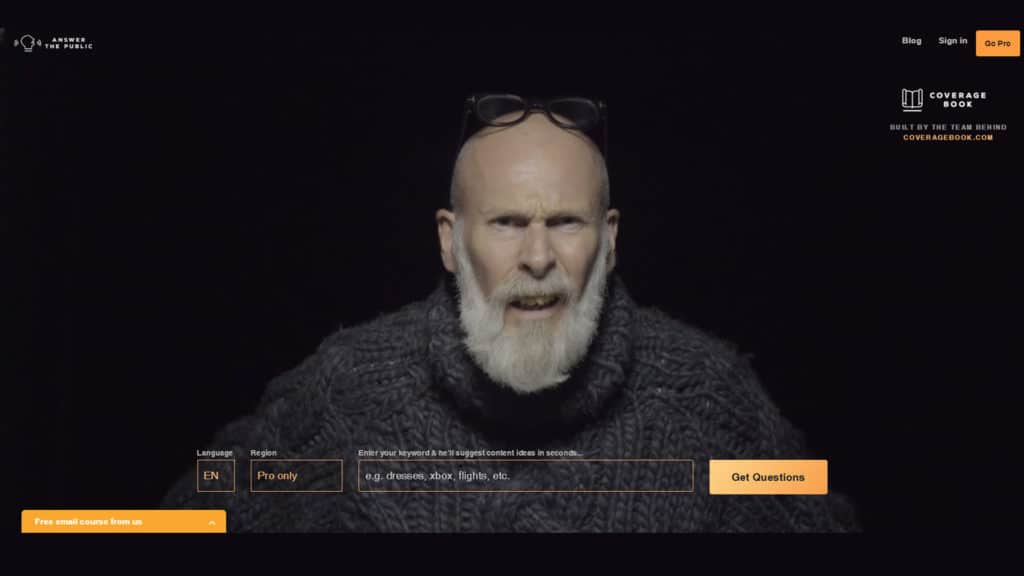
Stage 2: Information Search
Once someone is aware of their own need or problem, they now need to solve it. They need to determine a couple things at Stage 2. “Could I solve this myself? If I need to hire someone, who’s the best option for me to hire?”
For our B2B tech clients, this is where the majority of their opportunities, deals, and revenue comes from—at this information stage. This is the bottom of the funnel. People that know that they have a cloud security issue are now looking for top cloud security vendors, top cloud security companies, services, strategies, etc. Your website probably won’t rank at this stage. In fact, it probably won’t rank at Stage 3 either. You will find that generating these leads on your own is difficult.
Historically, people would gather information through friends, through television, through the radio, and through the newspaper. Today, they’re going primarily to search engines—areas where they can control the entire experience themselves. The reality is, you need to make sure that your brand shows up not only as your own website, but also as one of those top 10 possible results, or one of those 4 ads above. You also want to have presence in the marketplaces.
This goes back to the Yelp and the Amazon effect. B2B customers are now just the same as B2C customers. They don’t want you to tell them why you’re so great; they want to look at other people telling them that you’re great. This is why Gardner and Forrester have a full business model. They are “independent” (the quotations are intentional) research companies that are giving information to targeted consumers who are looking to buy. You need to be a part of that journey.
Stage 3: Evaluation of Alternatives
Stage 3 are the alternatives. It blends right into Stage 2.
Historically, as the marketer, you got to control what people thought about your product. Now, other people control what is being said about your product and you need to make sure that when they’re evaluating alternatives, they don’t forget about you.
Now most of the time, I see people address Stage 3 through what I call “competitor AdWords campaigns”. This is where you launch ads on your competitors’ brand terms so you can show up and say, “Hey, I know you want to try Zenefits, but you should actually try Gusto.” The problem with that is that in the last 4.5 years, we’ve never seen one of these campaigns perform profitably. Therefore, instead of trying to convince people who have already decided they want Zenefits to try Gusto, you need to go back into that informational search. That’s where Software Advice, Capterra, G2 Crowd—for us Clutch.co—come in handy.
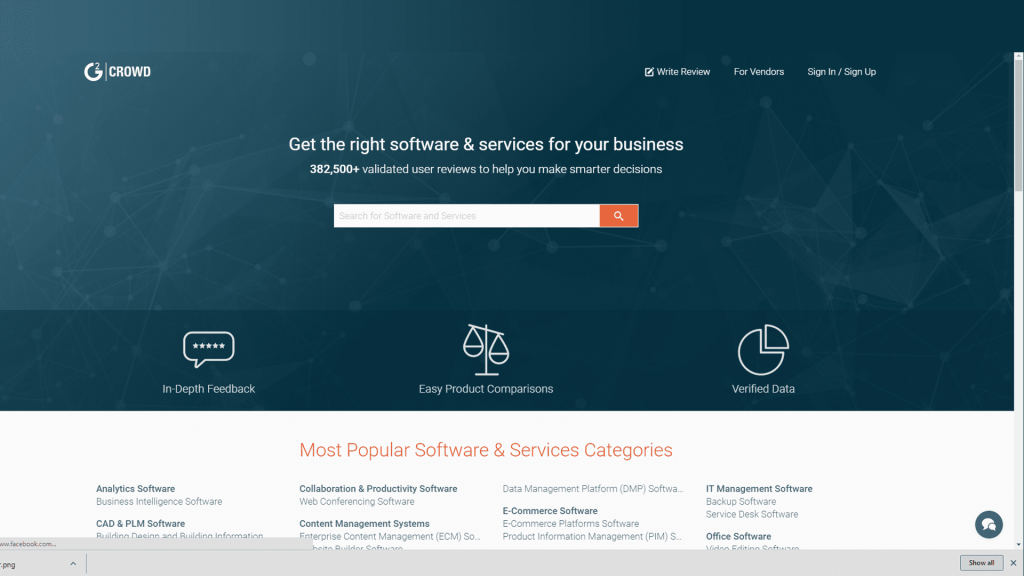
Usually, you can find these directories and these review sites for your space by doing very simple queries. Take your primary keyword and before that search, “Top” or “Best“, or take your primary keyword and after it put, “Reviews” or “Alternatives” or “Competitors.” You’ll start to see the ecosystem from which your brand, product, and service exist within so you can make sure that you’re a part of every conversation.
Stage 4: Purchasing Decision
Today, Stage 4—the purchasing decision—is such an undervalued part of marketing. I constantly see sales reps going into pitches with poorly designed decks, no real case studies that are designed properly, nothing’s in the proper medium, and everything’s from 5 to 10 years ago. Everyone’s so worried about lead generation that they forgot that you can generate a million leads, close none of them, and nothing matters.
What’s so critical at Stage 4 is that you can lower your cost per opportunity drastically here by affecting your close rate. When you look through an entire funnel, so much money gets spent on generating the lead that activating the lead and closing the deal is an after-thought in marketing that’s not being funded properly.
One of the biggest wins you can do today is to ask yourself, “If I was talking to two other vendors, does my sales team have the best assets compared to those other two competitors?” If not, maybe it’s time for you to invest more into the stage of closing the deal than trying to get more. In other words, what’s the point of throwing all this water into a bucket if there are holes at the bottom? Focus on the bottom of the bucket just as much as getting water into it.
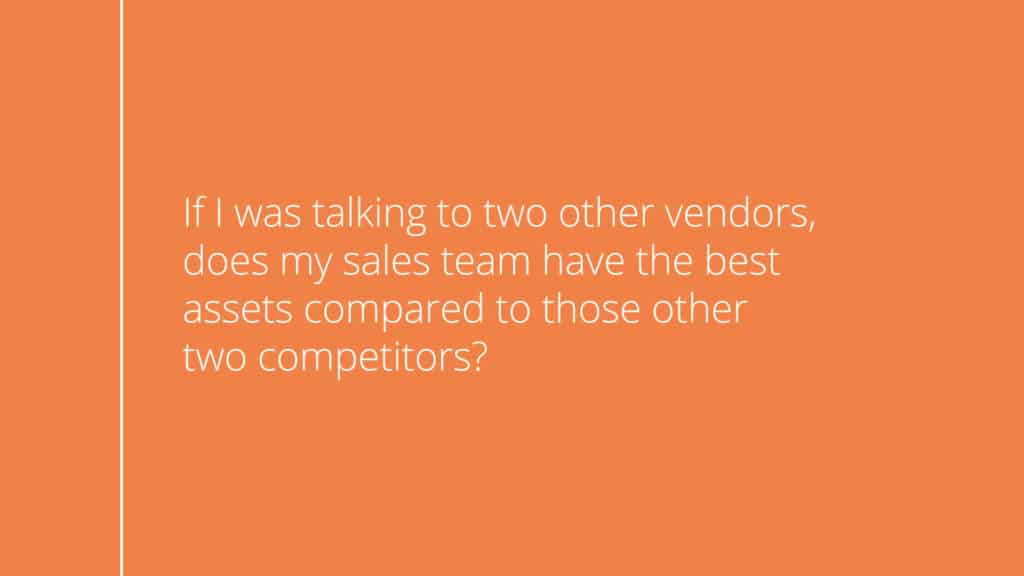
Stage 5: Post-Purchase Evaluation
Finally, Stage 5: the post-decision analysis. “Was this company the right choice for me?”
The reality is, not every customer will love you and those that don’t are some of your greatest learning opportunities. Try using a simple NPS software, like AskNicely. Complete quarterly, monthly, or even weekly check-ins like we do here. The tighter you can get your feedback loop from customer success or customer failure and then learn from that, the faster you can improve your deliverable, your product, or your service.
The thing people pay you for has a lot to do with how you’re marketing yourself. Follow Seth Godin‘s “purple cow” approach by asking yourself, “Is your marketing just more noise in a noisy environment or is what you’re marketing doing the marketing itself for you?” A perfect example would be Tesla. They can take almost zero corporate advertising budget and still grow at a rapid rate because their product is a purple cow.

So start by asking yourself, “What types of features, sets, or innovations can my service or product pertain to or contain so that marketing it is a natural growth of what happens after someone purchases it?” Then, your customers won’t be able to help but tell their friend and not just one friend, but multiple friends. That post-purchase is critical for you as you go towards hyper growth, according to our proven Customer Generation methodology.
If you can understand the 5 stages of the consumer decision-making process in the new context of search engines and how people are now discovering information, then you can empower your marketing and have successful campaigns that generate terrific return.
If you’re looking for expert performance marketers to turn your tech product or service into a revenue generating machine, let’s get on a call. With the right marketing mix, you’ll have the content your prospects need at every touchpoint of the buying process, ensuring you win the sale every time.


